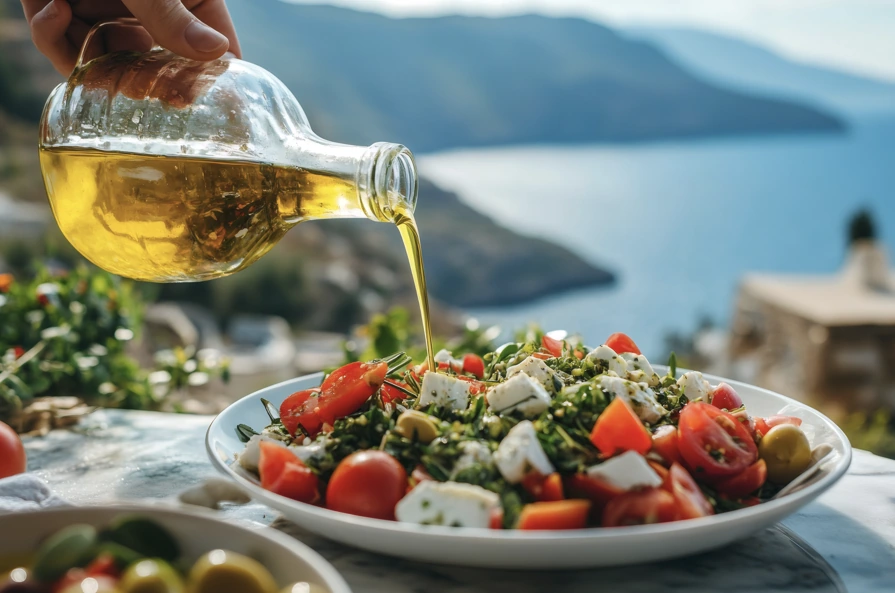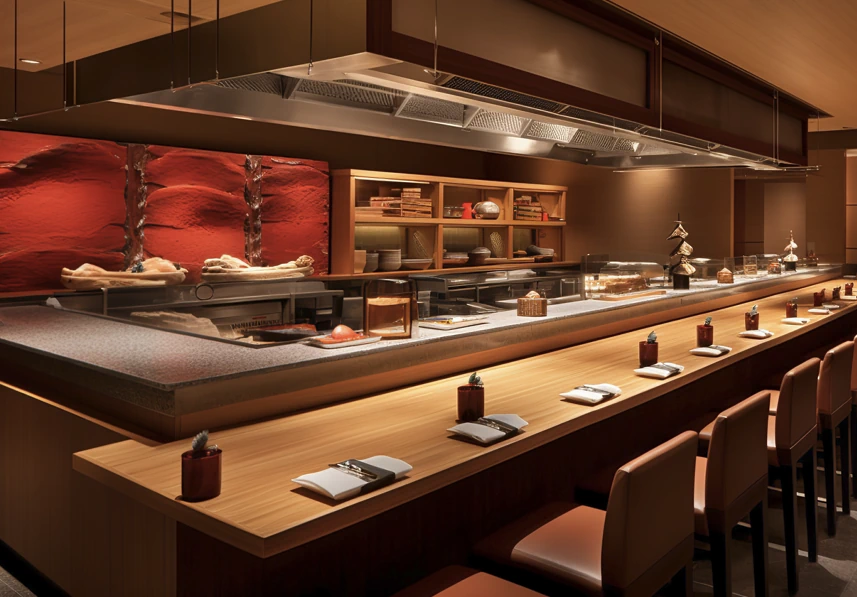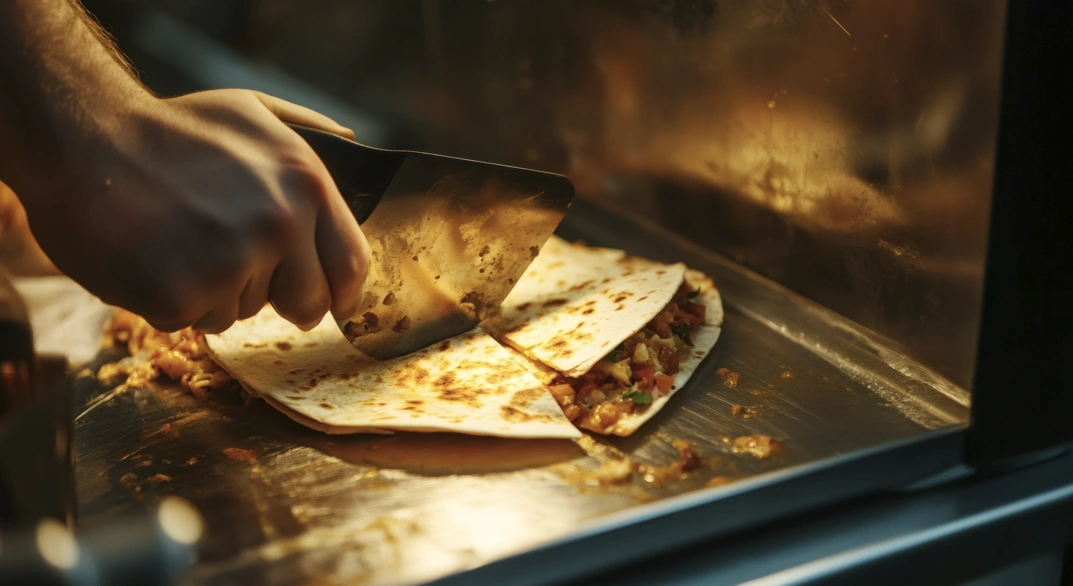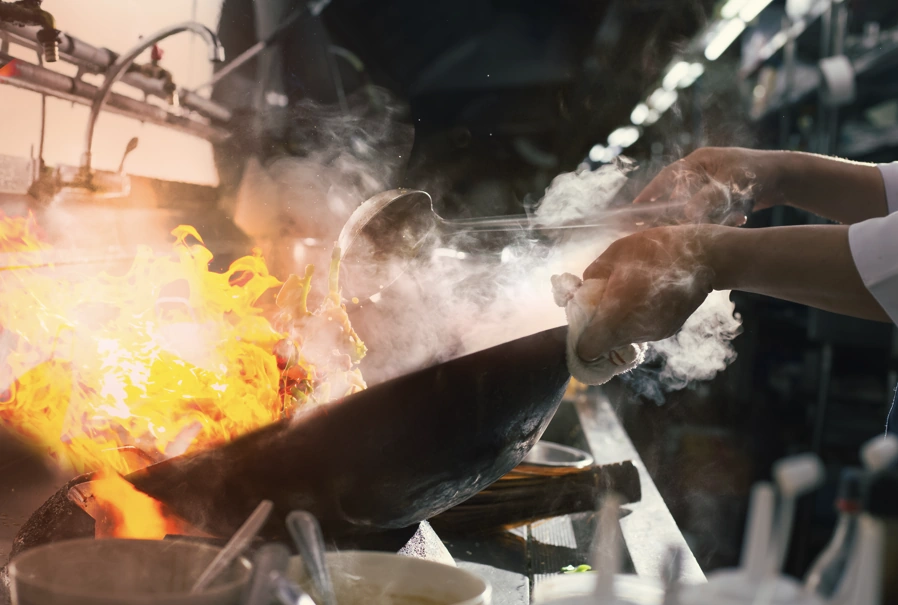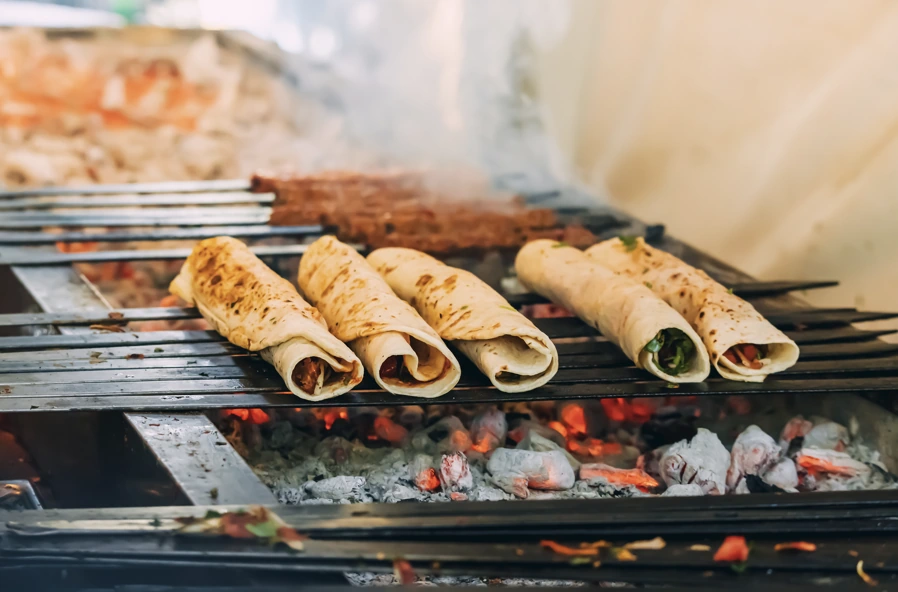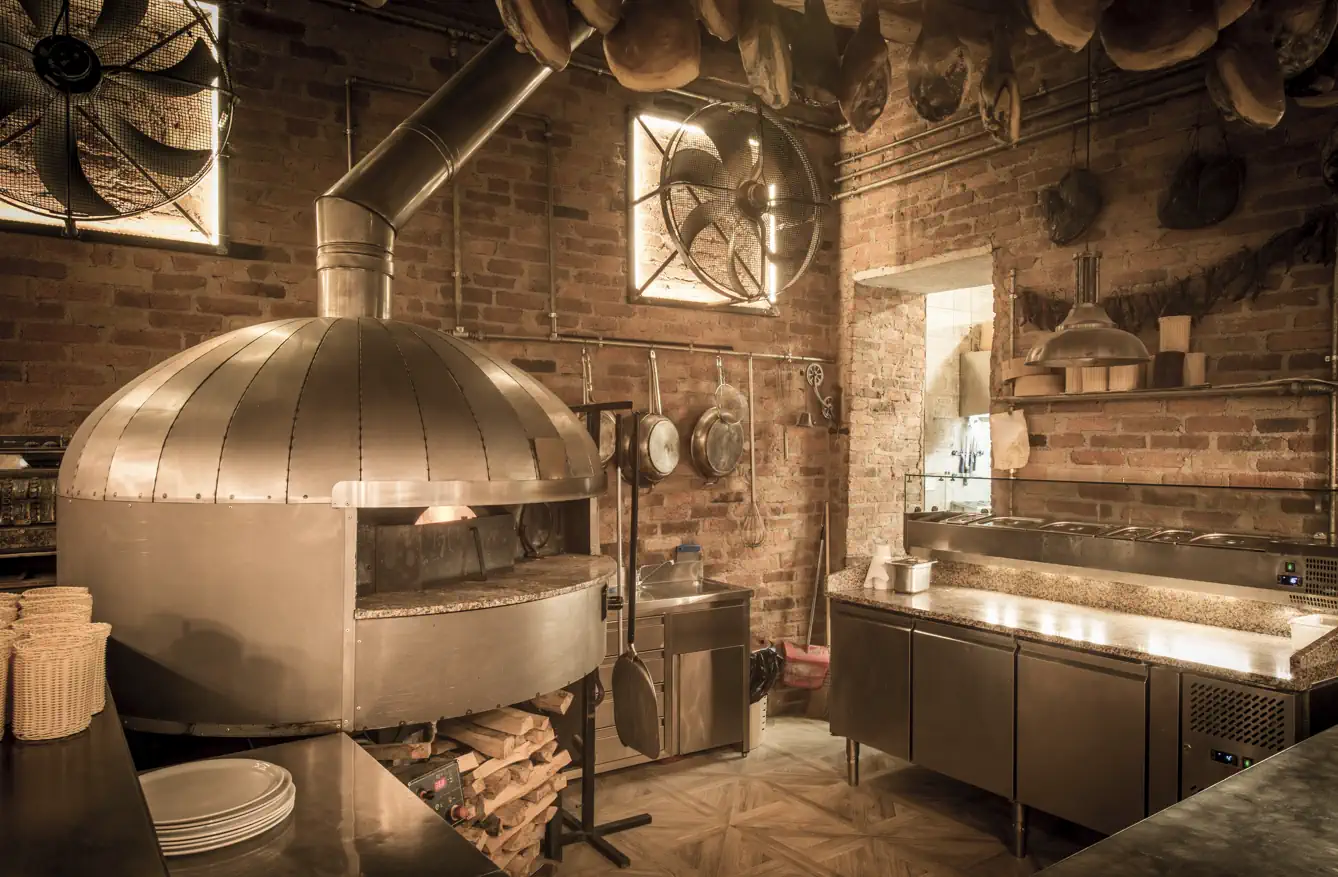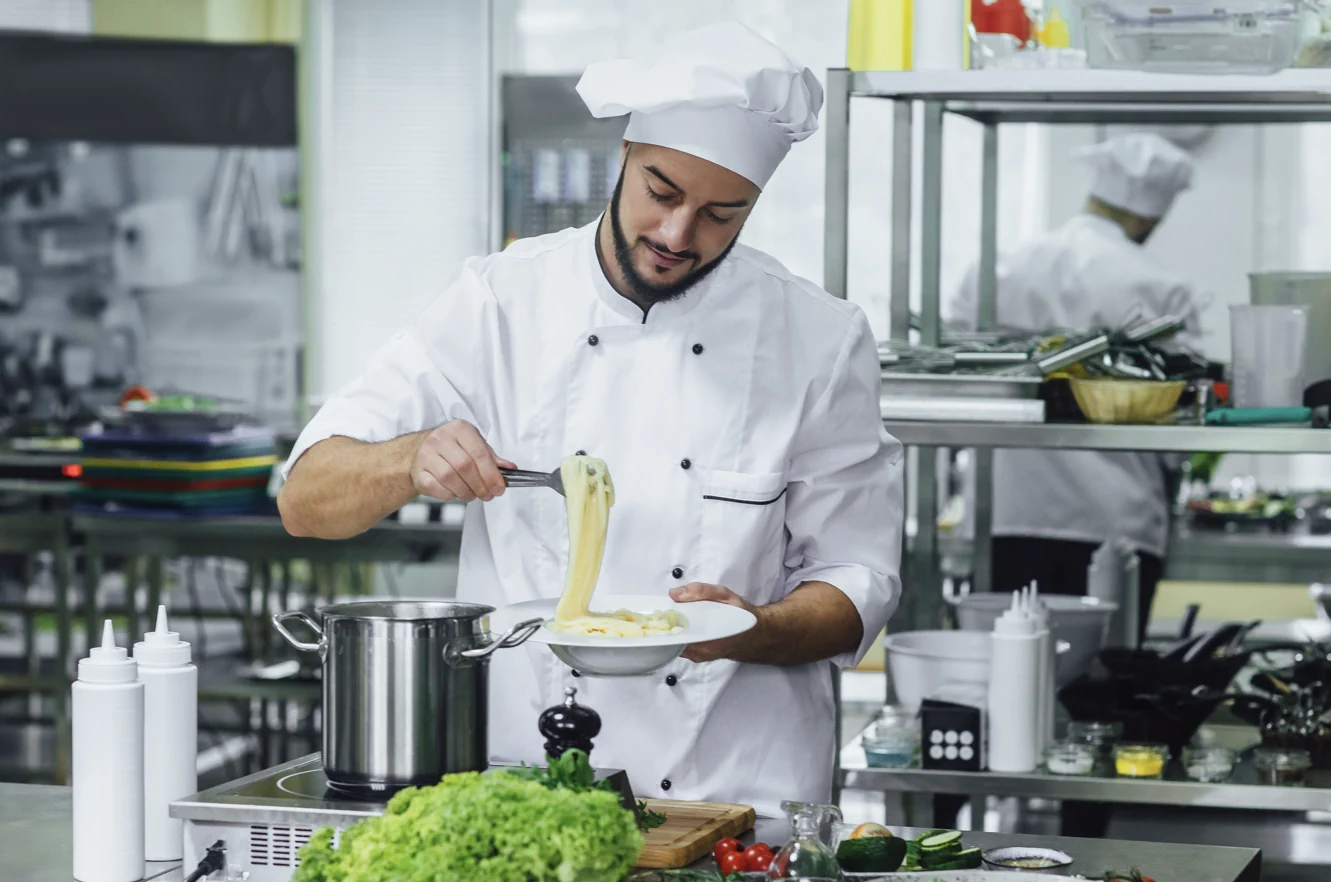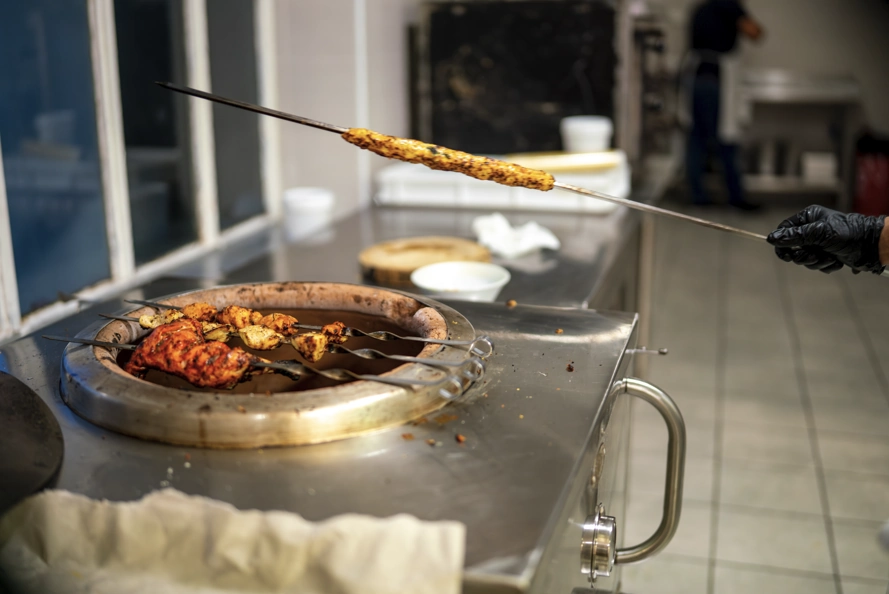
- Home
- Lebanese Restaurant Kitchen Projects – Crafted Culinary Layouts from Turkey
Ethnic & Regional Restaurant Kitchens
Lebanese Restaurant Kitchen Projects – Crafted Culinary Layouts from Turkey
From Beirut to Berlin: Authentic Lebanese Kitchens That Work & Inspire
We’ve seen this too many times: a Lebanese restaurant opens with passion — but then suffers because the kitchen just can’t keep up. From our projects in Riyadh to Berlin, from consultancy calls in Paris to on-site training in Doha, we’ve lived it. Lebanese kitchens? They’re fast, layered, and… full of rhythm. It’s not just about mezze. It’s about timing that tabbouleh with the grill, keeping the saj hot without delay, and still making sure knafeh doesn’t melt next to garlic prep.
As a turnkey kitchen team 🇹🇷 based in Turkey, we export fully tailored Lebanese kitchens that blend real-life workflow with cultural flavor. We work side-by-side with consultants, designers, and procurement teams — from sketch to shipment. Everything we ship is tested, certified, and designed for Middle Eastern & European operation.
Rethinking Flow for the Lebanese Line
We’ve seen it on the ground: Lebanese kitchens run like a dance — and each step counts.
- Mezze First, Cold Always: GN drawers below the counter, glass vitrine on the pass.
- Grill Timing Rules All: If kafta isn’t ready when the tabbouleh arrives, flow breaks.
- Saj Bread = Seconds Not Minutes: One delayed saj? The line clogs.
- Desserts Must Be Protected: Cold baklava near hot charcoal? Disaster.
✅ Chef’s Insight: In a rush hour shift, prep near grill = chaos. Cold zone belongs near the pass.
Menu-Based Kitchen Layouts (Not Just Equipment Lists)
We never just “supply equipment.” We engineer around your plate.
- What’s Your Concept? Fine-dining Levantine, casual mezze bar, street shawarma?
- Fuel Planning: Do you need gas shawarma? Electric saj? Fireproofing on site?
- Smart Zoning: Bread zone, cold line, sweets station, dish return — all mapped.
- Flow Corrections: Reverse layouts to avoid sweet/savory cross-flow.
Our deep experience in Middle Eastern restaurant kitchen design helps us adapt Beirut-style menus to kitchens in Doha, London, or Marseille — even in limited spaces.
📩 We send BOQs and DWG/CAD files with every custom plan. Ask for a free sample layout.
Saj, Grill & Rotisserie – The Heart of the Heat
This trio carries your flavor. And each one’s got rules.
- Saj Griddles: Electric or gas, 400–450 mm. Stone top preferred.
- Charcoal Grills: Ventilation matters more than power. Smoke kills dessert flavor.
- Rotisserie Machines: Vertical gas/electric, FOH version for action cooking.
- Timing Is Culture: Saj bread delayed = guests getting frustrated fast.
Utility Prep for Charcoal, Gas & Cold Zones
Our export kits include:
- Voltage Support (220V/50Hz) – For Europe + MENA.
- Spark Arrest Hoods – For FOH charcoal.
- Gas Valve Kits – Emergency shut-off + pressure test included.
- Sweet Zone Ventilation – Cold air curtains to protect dessert stations from grill fumes and ambient heat.
🛑 We’ve seen real damage when charcoal fumes hit the dessert fridge. Don’t let it happen.
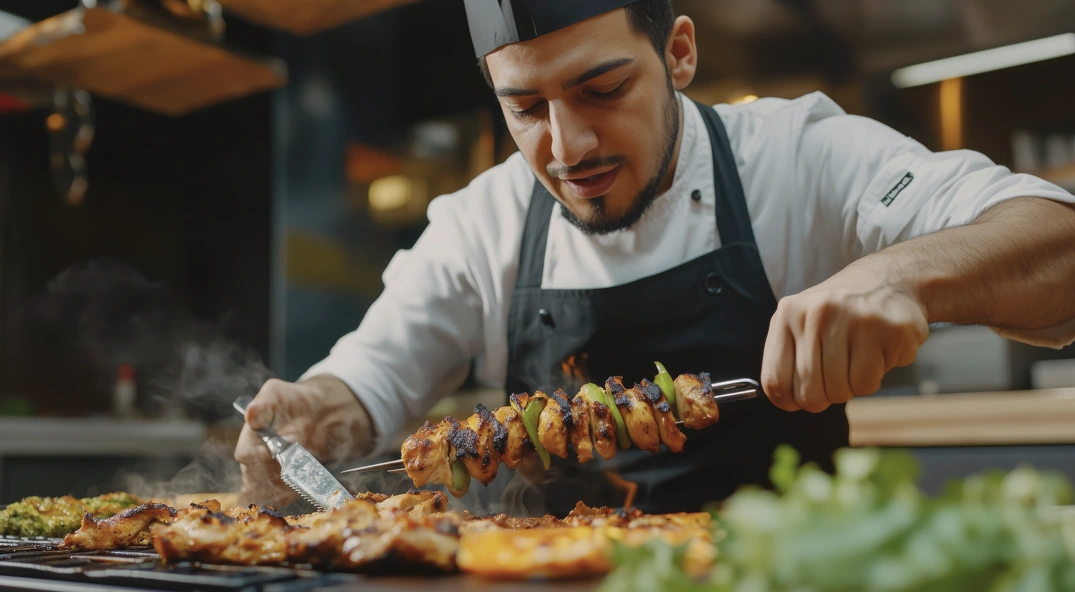
🥗 Mezze Stations & Cold Counter Logic
Here’s where the details matter. Cold mezze is unforgiving.
- Refrigerated Counters: Always GN1/1, always undercounter.
- Glass Top Vitrines: Front-of-house needs lighting, anti-fog glass.
- Herb Prep Zones: Lebanese parsley, mint, arugula — never mix with main veg.
- Hot Mezze Warming: Salamanders or drawer heaters for makanek, fatayer.
🎯 Fun fact: One client in Dubai added a mint-only fridge. No wilting. No scent cross.
⚙️ Core Equipment Every Lebanese Kitchen Needs
We designed this table after 50+ Lebanese site visits. Not random. Real-life gear.
Each Lebanese kitchen equipment in our export line is selected based on real dish performance — not catalog fluff. From saj stations to humidity cabinets, everything is built to match actual flow.
Equipment | Role in Lebanese Cuisine | Export Integration |
Saj Griddle | Bread station for wraps and service | Countertop or built-in options |
Charcoal Grill | Grill kafta, kebabs, lamb chops | With grease system & spark hood |
Salamander | Reheat makanek, soujouk, fatayer | Wall-mounted with temp control |
Baklava Table | Prepare layered desserts | Marble top with GN drawers |
Glass Vitrine Counter | Mezze showcase & hygiene display | FOH placement, lighting integrated |
🍬 Lebanese Sweets – Cold Logic, Warm Precision
We once saw knafeh served from beside the fryer. It melted… into soup.
- Baklava Tables: Marble, GN drawers, cold slab optional.
- Knafeh Zones: Copper tray racks, syrup drawers heated to 40°C.
- Humidity Cabinets: To stop crack or collapse.
- Distance Rules: Never prep dessert near garlic or onion zones.
✅ Humidity Tip: Lebanese sweets crack if too dry — or melt if overcooled.
💡 Charcoal grill ventilation for Lebanese kitchens must balance flavor control and hygiene — especially when dessert zones share the same HVAC. Our directional hoods and filter kits handle this with ease.
🛠️ Region-Specific OS&E for Levantine Precision
You can’t serve kafta on generic plates. OS&E sets the mood and keeps the pace.
- Long Skewers, Hanging Rails: For fast grill turns and heat balance.
- Clay Mezze Bowls: Temp-stable, rustic, and stunning.
- Saj Rolling Boards: For dough prep at the pass. Fast + showy.
- Arak & Rose Drink Glassware: Clean, branded, export-labeled.
🎯 Bonus List – OS&E by Sub-Region with Application Context
- Coastal Kitchens: Olive boats + seafood blades — cold mezze and fish dishes.
- Beirut Urban: Merchandiser fridges for grab-n-go salads.
- Mountain Cuisine: Clay pots, pine-nut-ready GN trays — slow cooking heaven.
❄️ Cold Chain & Hygiene Zoning
- HACCP fridge logic = left to right
- Clean vs dirty zones = color-coded
- Double-temp drawers = peak service boost
- GN pans + tight sealing = freshness
✅ Bonus: Add a mint-dedicated fridge. Yes, it’s real. And it works.
🧠 Smart Monitoring & Export Tech
We’re tech-ready, but not overwhelming. Just smart:
- Charcoal Sensors: Grease heat triggers early alerts.
- Temp Logs: Digital exports for HACCP files.
- Heat Safety Alerts: Red flags when saj gets too wild.
- Audit-Ready Labels: Arabic, French, English — all compliant.
FAQ – Lebanese Restaurant Kitchen
Can we combine saj and grill in the same hood?
Yes — with proper airflow separation and spark filters, it works safely. We’ve done this in small FOH kitchens too.
Do you offer Arabic or French appliance labeling?
Absolutely. We provide bilingual labels and manuals for smoother staff use and local compliance.
What’s the ideal ventilation rate for a charcoal grill?
Around 2500–3000 m³/h is typical, but depends on grill size. Spark arrestors are also a must.
Can you support HACCP documentation?
Yes — we include zoning plans and temp log systems that align with most export audits.
Can baklava prep stations be cooled?
Yes. Marble tops with humidity drawers help maintain texture, especially in warmer climates.
What Operators Say & Get Your French Kitchen Project Quote✨



